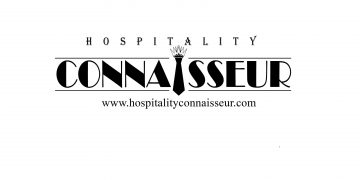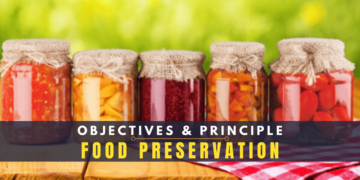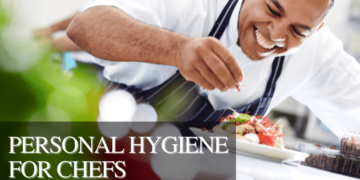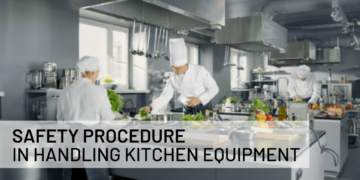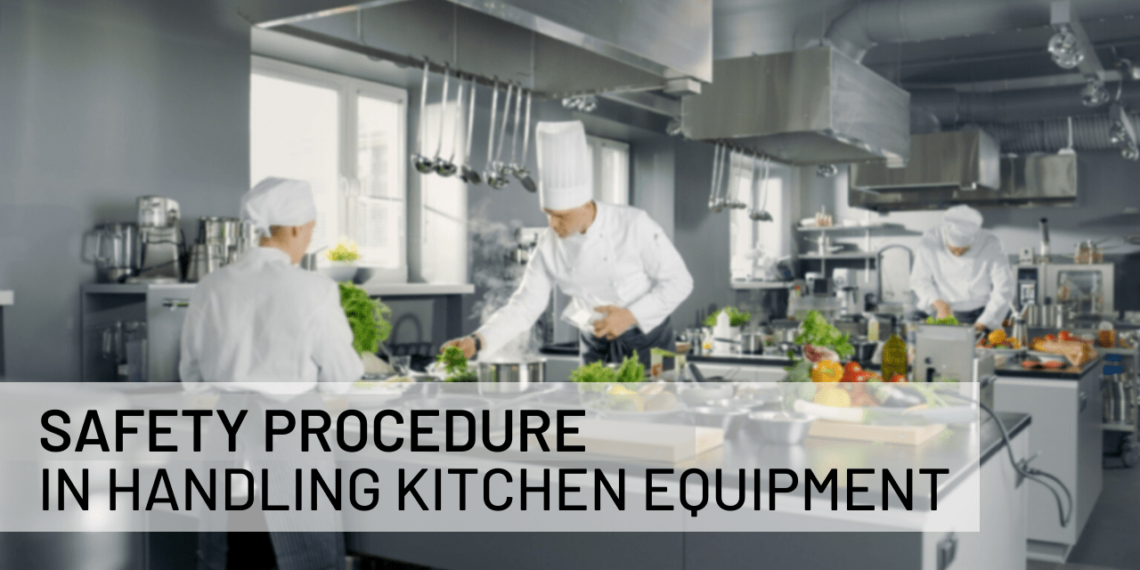This is something important, and We understand that the kitchen is a very dangerous place to work in; a chef is dealing with fire, electric machines, sharp blades and hot liquids etc. Chef must follow all the Safety Procedure in handling Kitchen Equipment in terms to work with safe and secured environment.
Following are some points which must be taken care with Vigilance as a Safety Procedure in handling Kitchen Equipment.
Create a Safe Kitchen Work Place.
It is much easier to develop and practice habits that prevent accidents if safety is built into the workplace, and The points are the best way to know the Safety Procedure in handling Kitchen Equipment.
- Structure, equipment, and electric wiring in good repair.
- Non-slip floors.
- Adequate lighting on work surfaces and in corridors.
- Clearly marked exits.
- Equipment supplied with necessary safety devices.
- Heat-activated fire extinguishers over cooking equipment, especially deep fryers.
- Conveniently posted emergency equipment, such as fire extinguishers.
- Clearly posted emergency telephone numbers.
- Smooth traffic patterns to avoid collisions.
How to Prevent Cuts while working in the Kitchen?
🟢Do’s
- Keep knives sharp.
- Use a cutting board.
- Pay attention to your work.
- Cutaway from yourself and other workers.
- Use knives only for cutting.
- Clean knives carefully.
- Store knives in a safe place.
- Carry knives properly.
- Keep breakable items out of the food production area.
- Sweep up, don’t pick up, broken glass.
- Discard chipped or cracked dishes and glasses.
- Use a special container for broken dishes and glasses.
- If there is broken glass in the sink, drain the sink.
- Remove all nails and staples when opening crates and cartons.
🔴Don’ts
- Don’t try to catch a falling knife.
- Don’t put knives in a sink, underwater.
- Don’t put breakable items in a pot sink.
How to Prevent Burns in the Kitchen?
- Always assume a pot handle is hot.
- Use dry pads or towels to handle hot pans.
- Keep pan handles out of the aisle.
- Don’t fill pans so full that they are likely to spill hot food.
- Open lids away from you.
- Get help when moving heavy containers of hot food.
- Use care when opening compartment steamers.
- Always warn people when you are walking behind them with hot pans.
- Warn service people about hot plates.
- Keep liquids away from the deep fryer.
- When placing foods in hot fat, let them fall away from you.
- Dry foods before putting them in frying fat.
- Wear long sleeves and a double-breasted jacket.
- Make sure gas is well vented.
How to Prevent “Fire” in the Kitchen?
🟢Do’s
- You should know where fire extinguishers are located.
- Always use the right kind of extinguisher.
- There are Three classes of fires and fire extinguishers…
- Class A fires : wood, paper, cloth, ordinary combustibles.
- Class B fires : burning liquids, such as grease, oil, gasoline
- Class C fires : switches, motors, electrical equipment, and so forth
- Must keep supply of salt or baking soda handy to put out fires on a range tops.
- Keep hoods and other equipment free from grease build-ups.
- Smoking should be Prohibited or Smoke only in designated areas.
- When a fire alarm sounds and if you have time, Must turn off all gas and electrical appliances before leaving.
- Keep fire doors closed.
- Keep exits free from obstacles.
- Preventing Injuries from Machines and equipment.
- Use all guards and safety devices.
- Unplug electrical equipment before cleaning.
- Wear properly fitting clothing and tuck in apron strings.
- Use equipment only for the purpose intended.
🔴Don’ts
- Don’t leave hot fat unattended on the range.
- Do not use any equipment unless you know its operation.
- Don’t touch or remove food from any kind of equipment while it is running.
- Do not touch or handle electrical equipment with wet hands.
How to Prevent “Falls” while working in the Kitchen?
🟢Do’s
- Clean up spills immediately.
- Throw salt on a slippery spot to make it less slippery.
- Keep aisles and stairs clear and unobstructed.
- Walk, don’t run.
- Preventing Strains And Injuries.
- Lift with the leg muscles, not the back.
- Have a habit to stand giving equal weight on both the legs.
- Use trolley/cart to move heavy objects or get help.
🔴Don’ts
- Never spill water/oil, etc.
- Don’t carry objects too big to see over.
- Prevent lean or bent unnecessarily while working or do work in that way.
- Don’t turn or twist the back while lifting and make sure your footing is secure.
We hope that the written comprehensive article has given you Insights about Creating a Safe Kitchen work environment for Chefs. Keep learning more via our Key-note Courses – Especially designed for Chefs and Culinary Professionals – Food Production | Academic Course
Do Check out Our Keynote Courses of Front Office, Housekeeping, Food & Beverage Service, Hotel Law, Food Production and Human Resource Management. Start Reskilling & Upskilling Today. Develop niche skills and make yourself ready for ‘New Normal’. CLICK HERE to know more!



